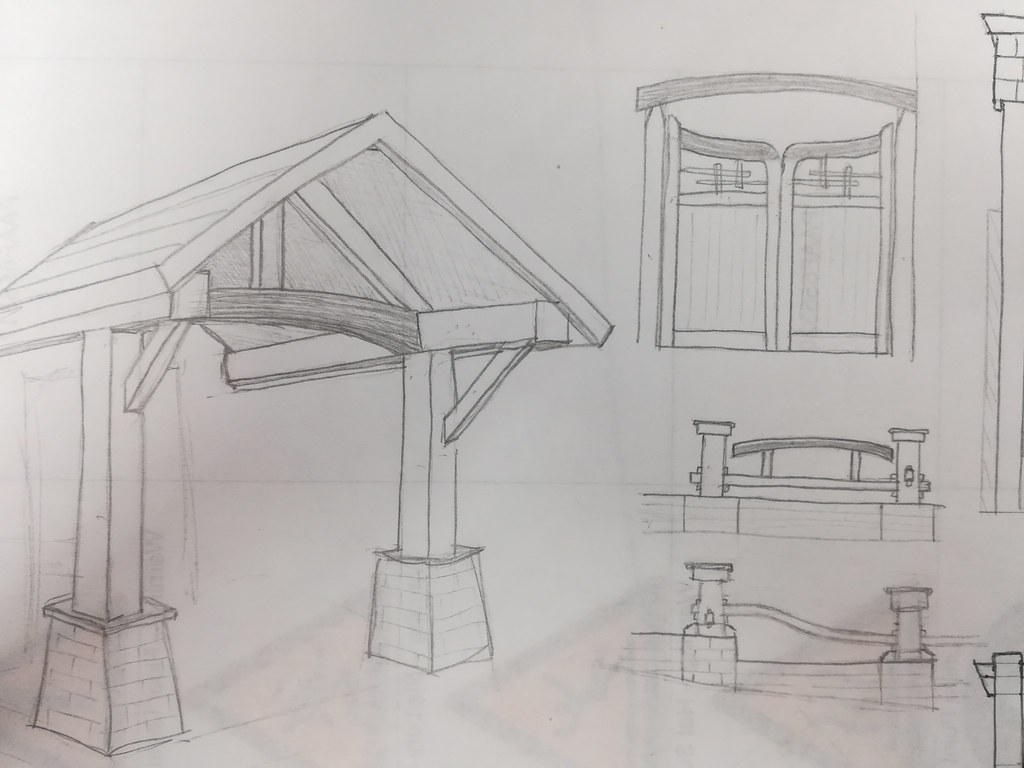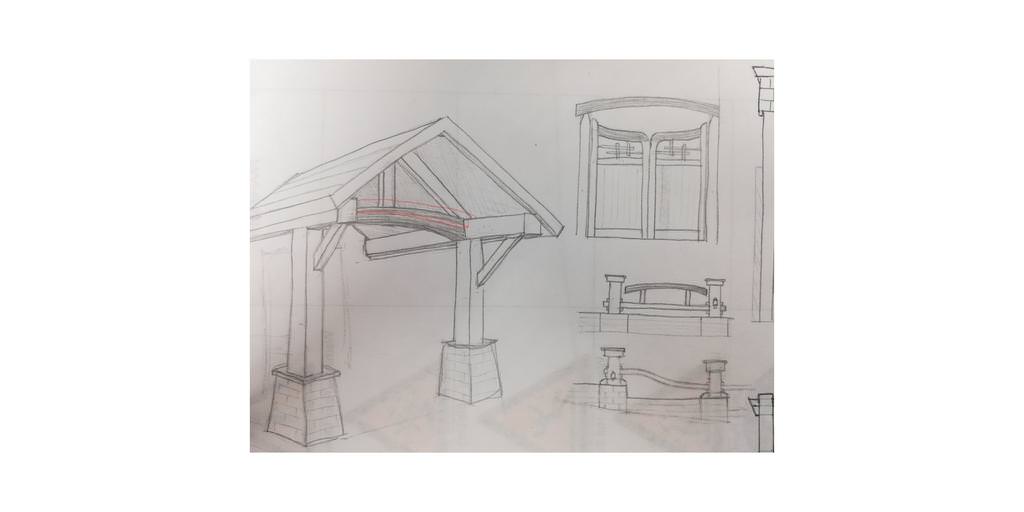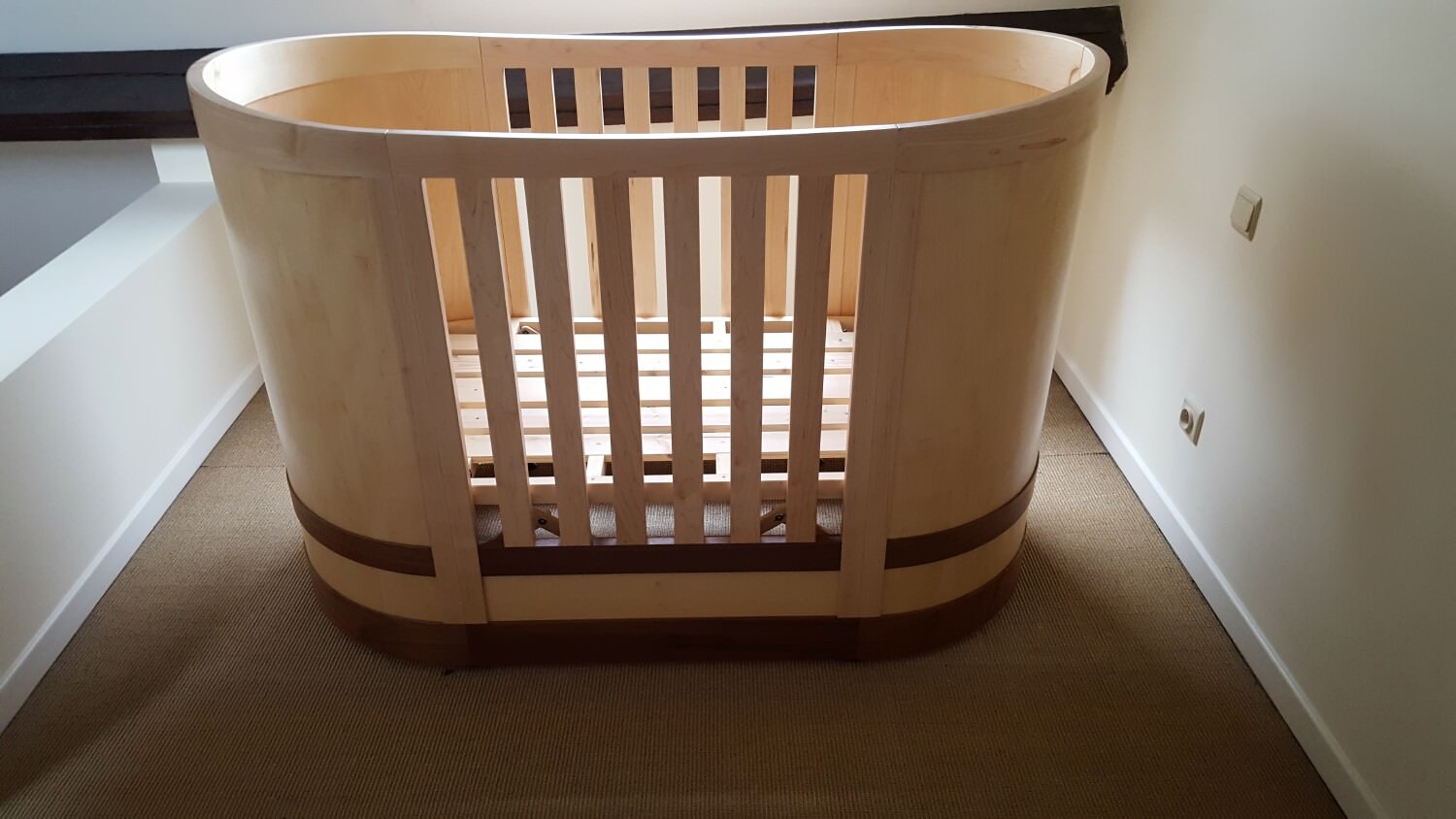Dandan
Established Member
Hi all,
This might seem a stupid question to those of you with some level of experience (i.e. not me) but is it possible to make a laminated curve using hardwood? All I can recall seeing is people using softwood, so I wasn't sure.
I'm making a low front wall for my garden with a brick base, timber uprights and timber cross beams and I want one of the beams to be gently curved.
If I was to make it from Idigbo (which my local timber place can supply) would it be possible? The other option is to glue up a load of pieces and cut the curves (I want 5 curved pieces so I could stack them up to minimise wastage) but I don't think the grain direction would look half as good.
I've not used a lot of hardwood, I used Sapele for my workshop thresholds and it always gave me the impression of being rather rigid and brittle, like it wouldn't take to bending particularly well, would Idigbo be better? Is it all in the thickness of the laminated pieces?
Suggestions of alternative woods or alternative methods would be appreciated!
This might seem a stupid question to those of you with some level of experience (i.e. not me) but is it possible to make a laminated curve using hardwood? All I can recall seeing is people using softwood, so I wasn't sure.
I'm making a low front wall for my garden with a brick base, timber uprights and timber cross beams and I want one of the beams to be gently curved.
If I was to make it from Idigbo (which my local timber place can supply) would it be possible? The other option is to glue up a load of pieces and cut the curves (I want 5 curved pieces so I could stack them up to minimise wastage) but I don't think the grain direction would look half as good.
I've not used a lot of hardwood, I used Sapele for my workshop thresholds and it always gave me the impression of being rather rigid and brittle, like it wouldn't take to bending particularly well, would Idigbo be better? Is it all in the thickness of the laminated pieces?
Suggestions of alternative woods or alternative methods would be appreciated!












































